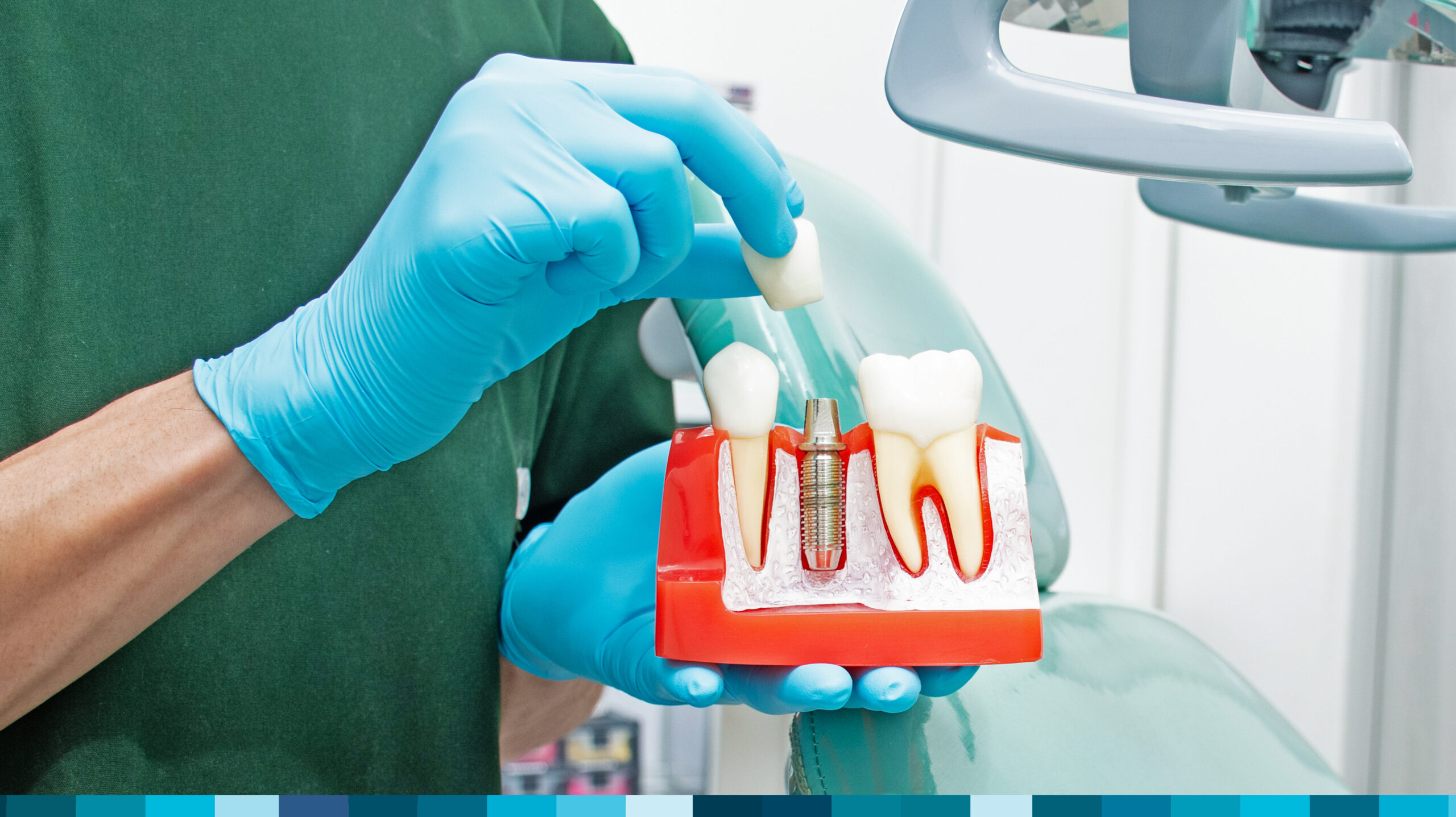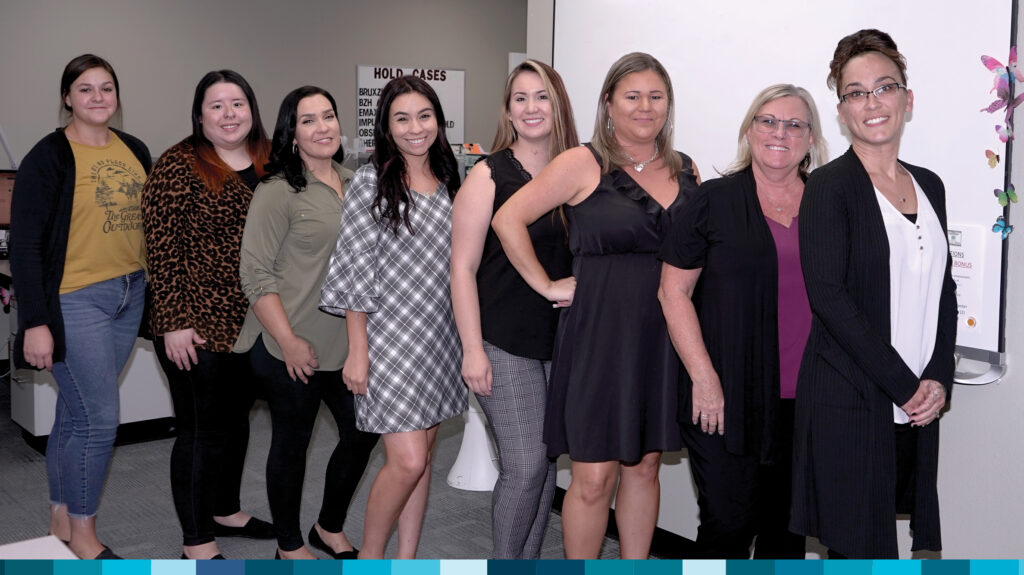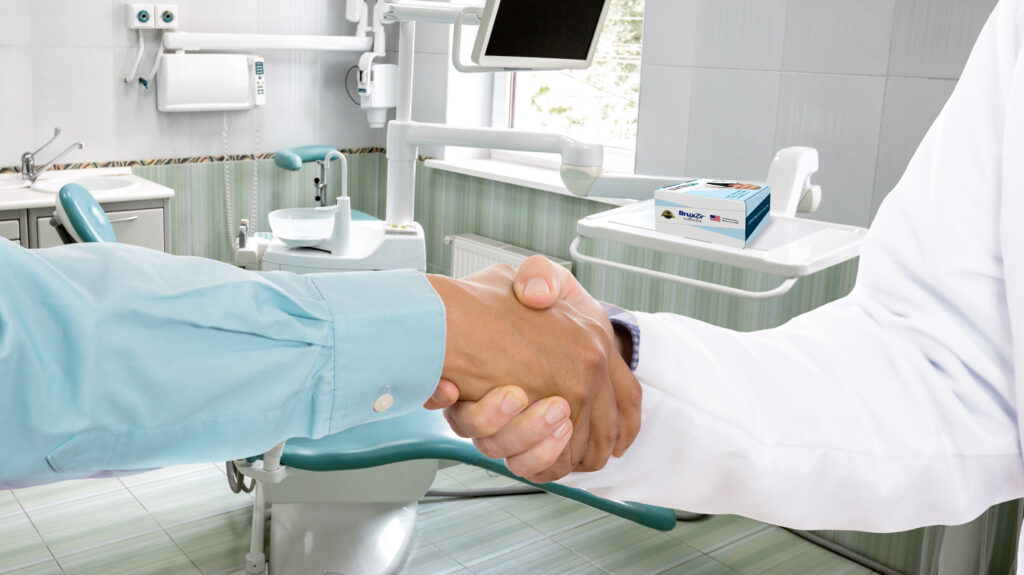1. Dental Implant Training and Resources
- Clinical journals and publications
- Textbooks
- Continuum courses
- Live CE
- Online CE courses
- Webinars
- Blog posts and podcasts
2. An Abundance of Simple Cases
You might wonder, “Where can I find implant patients?” The best place to look is your own patient base. General practitioners encounter potential implant cases every day. The best time to start learning implants is now. And if you feel comfortable extracting teeth, then you have already got one of the essential skills of implantology.
Adding implant placement to your practice is key to understanding the difference between easy and difficult cases. Restoring maxillary first premolars is a good place to start. These sites commonly have sufficient height and width of bone, lessening the need for bone augmentation. Also, operations in this area are easier to perform, thanks to its direct visual field, the lowered chance of bleeding in the area, and the avoidance of anatomy that may complicate the procedure.
Mandibular posterior molars: These molars are generally more difficult to access for beginners, making it an area susceptible to lingual perforations from sublingual undercuts. Potentially damaging the mandibular nerve is also a major point of concern.
Maxillary posterior: The maxillary posterior has the poorest bone density — typically five to ten times weaker compared with bone found in the anterior mandible. Implants placed here are, therefore, more susceptible to bone loss and increased morbidity which necessitates more strategic surgery techniques.
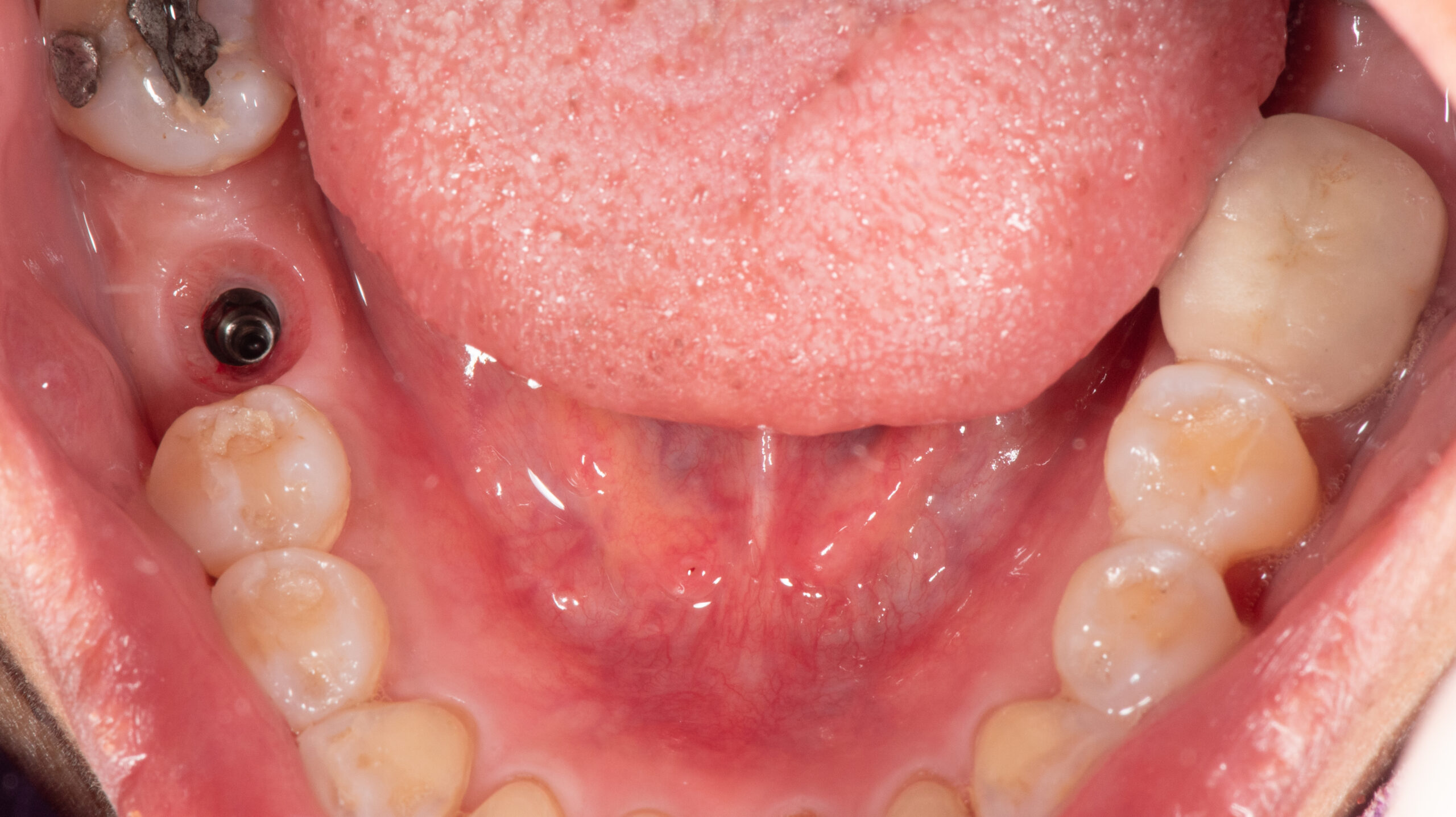
3. Comprehensive Implant Armamentariums
Surgical instruments: There are many great options on the market that sell streamlined implant surgical kits. These kits can give doctors everything they need in one bundle for an affordable price. Bundles often contain everything from forceps and curettes to basic surgical trays and steel wells.
Surgical supplies: Surgical supplies needed for implant and bone grafting procedures can include 0.9% sodium chloride for irrigation, non-woven gauze for absorption, carbon steel surgical blades, and polyglycolic acid (PGA) and chromatic gut sutures.
Bone grafting materials: For bone grafting applications, dentists can use mineralized cortico/cancellous allograft blend and bone graft putty mineral-collagen composites. Both help to establish osteoconductive matrices that promote bone regeneration. The cortical component allows the graft material to excel at maintaining space, and the cancellous component allows bone cells to readily adhere and assist in the regenerative process. Additionally, the 250–1,000 micron size has been shown to resorb efficiently for ideal bone formation.
Wound dressing: Like bone grafting materials, a full array of membranes are available on the market today. Collagen membranes are both common and economical for implant procedures. Resorbable collagen plugs can also help manage extraction sites and promote healthy healing.
4. Digital Technology Simplifies Implant Treatment Planning
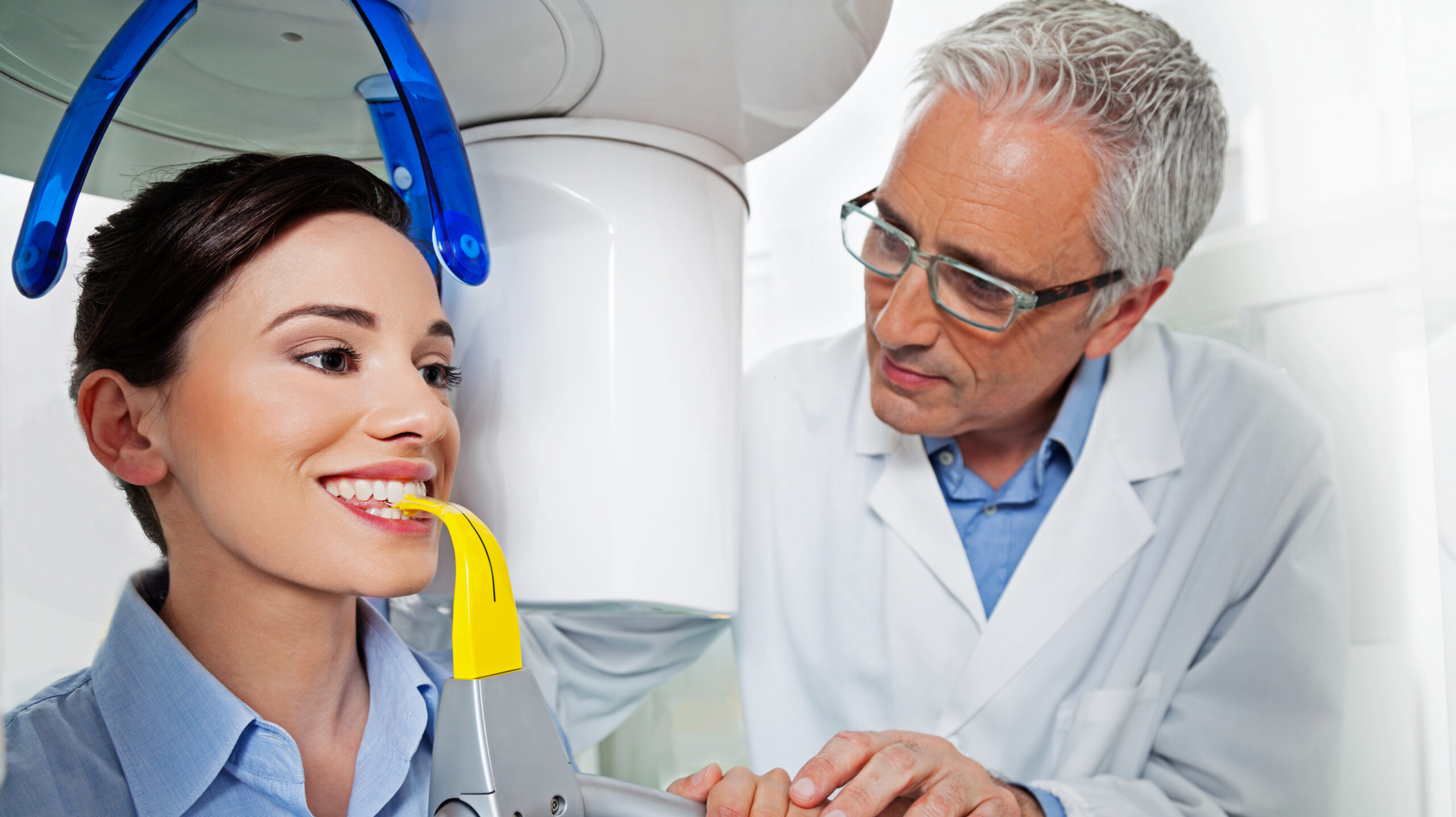
When you are ready to start attempting more complex implant procedures, like full-arch restorations, sinus elevation lifts or periodontal reconstruction, there are great modern technologies that help streamline the process. One of these technologies is cone-beam computed tomography. Having a CBCT scanner in your office will allow you to accurately determine available bone quantity and quality for each implant patient, enabling you to create an ideal prosthetic treatment plan.
While CBCT units are large capital investments, dentists now have options for obtaining the right scanner to suit their needs and budgets. Dentists can buy new, high-quality scanners ranging from $70,000 to $150,000, or certified, pre-owned scanners for 30% to 50% less. Make sure to look for pre-owned scanners that include new software and a full warranty.
Another resource that incorporates digital technology is digital treatment planning and guided surgery. Combining CBCT technology with laboratory-fabricated surgical guides allows doctors to place implants in safer, more precise locations. Generally, there are three different types of surgical guides:
Pilot guides: This is a surgical template that allows you to drill one osteotomy site to depth. It facilitates ideal positioning and angulation per the preoperative CBCT scan; however, subsequent drills are used via the freehand method.
Universal guides: This type of guide can be used with any type of implant system. All drills, except for the last drill, are used with this guide. The last drill is designated for freehand use with the surgical kit of the implant system.
Fully guided: Fully guided surgical guides allow for all drills to be used via the surgical guide along with the placement of the implant.
There are many benefits to placing implants in your practice, including a strong financial incentive that can ease the burden of education and equipment costs. Furthermore, when you are able to perform everything from implant placement to final crown delivery, you’ll no longer have to refer patients out of your practice, saving them time and money. Using the information discussed above, you can start placing implants and eventually grow your business into a successful implant practice.

